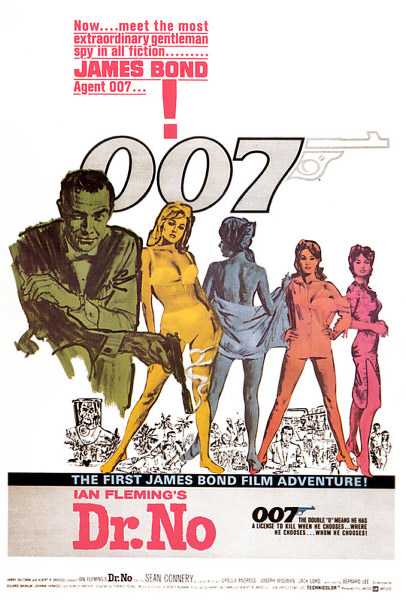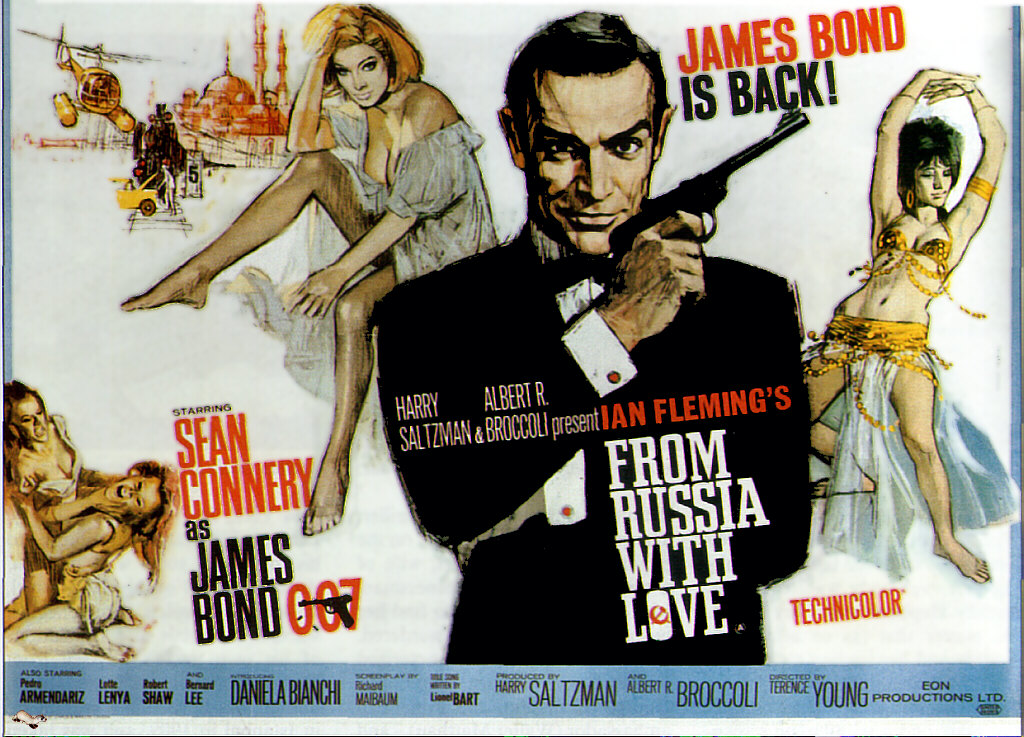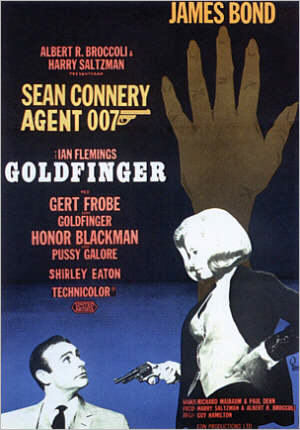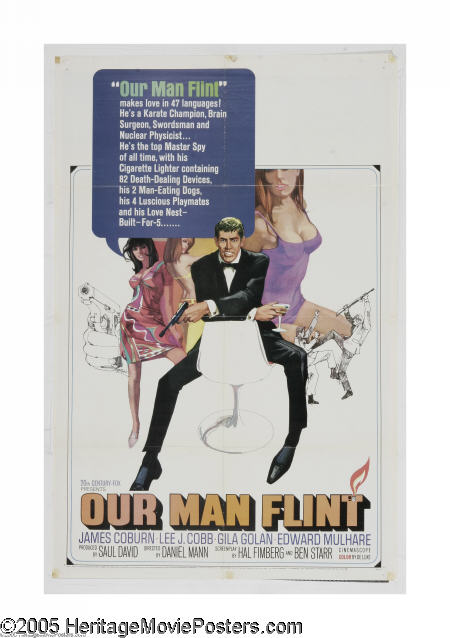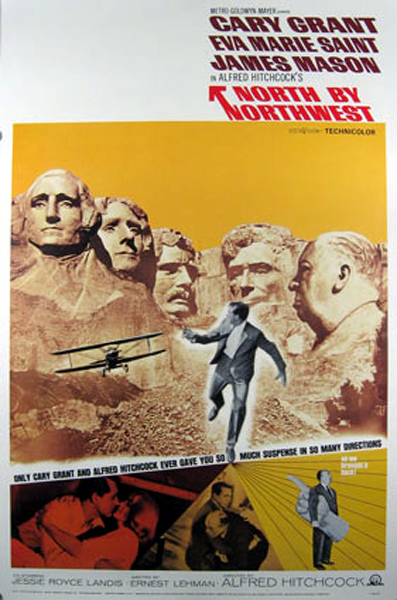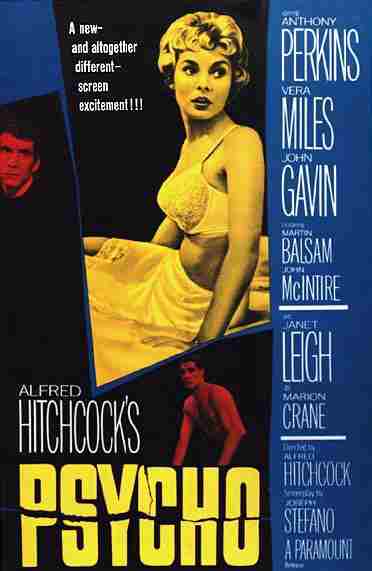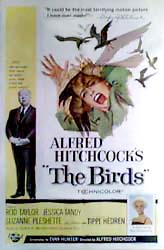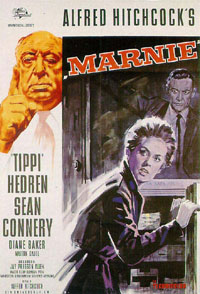Introduction:
- The James Bond Phenomenon
- Hitchcock
Michael Armstrong vs. James Bond
That Arresting Rhythm: Opening Credits and Murders
Hitchcock vs. the James Bond Phenomenon
The James Bond Phenomenon began in 1962 with the release of Dr. No but it was not until the second film, From Russia With Love, released in 1963 that the boom of the "boom and bust cycle" began. After this, Bond imitations began to arise; some, like The Spy Who Came In From the Cold (1965), were alternative, serious spy thrillers but the majority were spoofs of James Bond like Our Man Flint (1966). Other Bond films followed, finding ample financial success in the releases of Goldfinger in 1964 and Thunderball the following year, but by 1968 the thrill was gone and the first Bond wave was over 3.
Hitchcock, in the meantime, had not made a spy film since North by Northwest in 1959, but instead had been concentrating on psychological dramas like Psycho, The Birds, and Marnie 4. As a result, when he did return to the "travel/espionage" film with Torn Curtain, many critics accused the director of being out of touch with modern cinema 5. However, several factors indicate that Hitchcock was not only paying superficial attention to modern film but was working both within and against this changing, youth-centered industry. For example, he cast Sean Connery in Marnie but constantly emphasized how the man everyone knew as James Bond was appearing in a totally different kind of role 6. Similarly, the director's comments about Torn Curtain indicate that he not only knew about the Bond Phenomenon but thoroughly understood it and deliberately worked against it:
"in realizing that James Bond and the imitators of James Bond were more or less making my wild adventure films such as North by Northwest wilder than ever, I felt that I should not try and go one better" 7.
